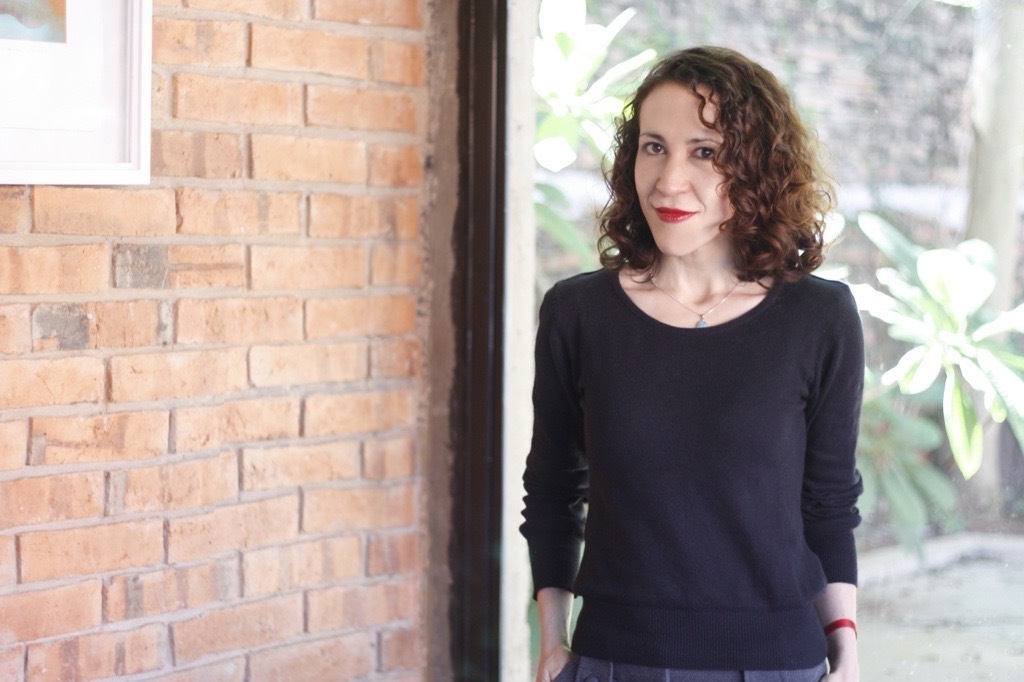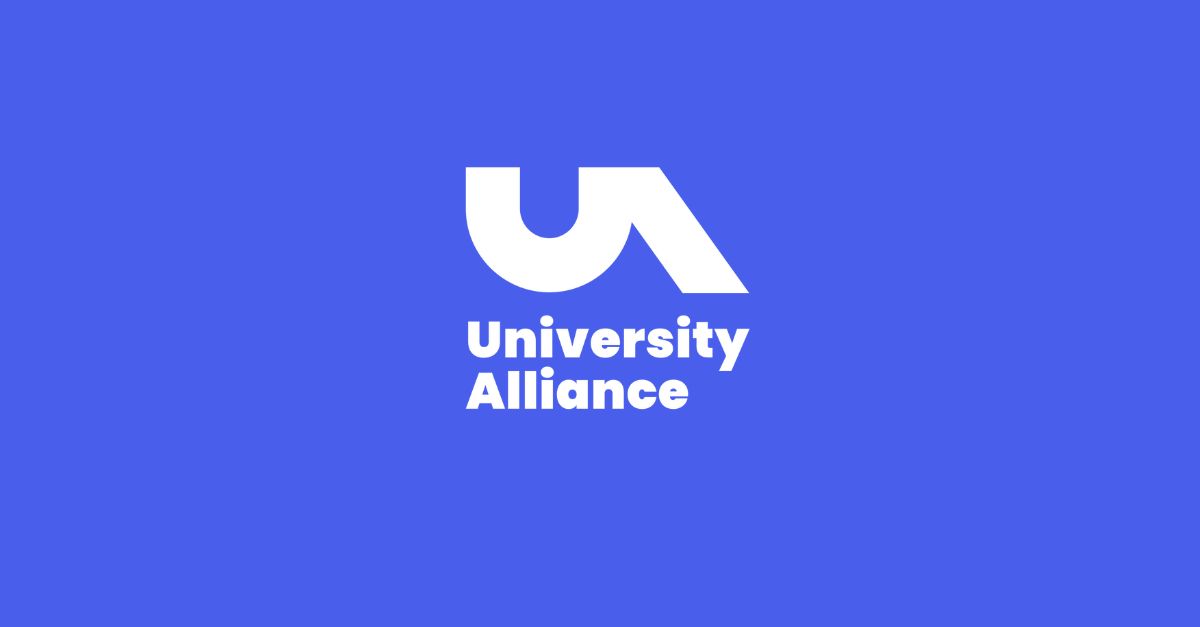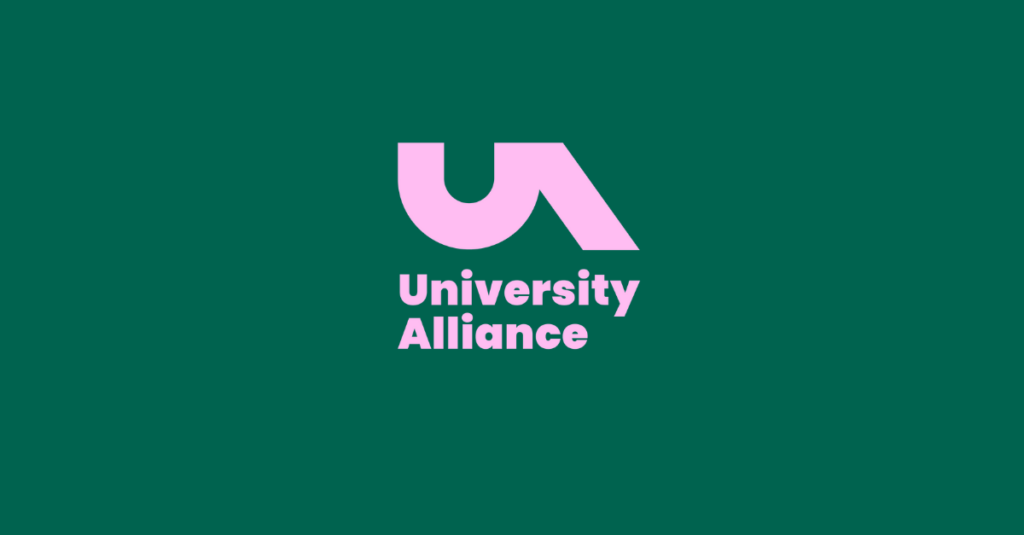
Have you noticed, over the last 20 years or so, how landscape gardeners are much more willing than they were to let some quarters of London’s parks grow wild? I used to have an office overlooking St James’s Park and loved it in every season. Now, more than a decade later, much of what was then so orderly is left disorderly; formerly closely-mown grass now grows wild. The same fashion is visible across the country, as I saw recently in Roath Park in Cardiff, for example.
In parks, the balance in the last generation has shifted from tidy to untidy, though not completely. Indeed, the task is never done because the land is rich and stuff just grows: to achieve the balance requires constant attention, and decisions about what to do, even if the decision is to do nothing.
Similarly, in the higher education landscape, the Office for Students (OfS) will make it easier for new and different types of high quality providers to enter the sector, encouraging competition to the benefit of students. New providers will have to meet a high bar and demonstrate that they are delivering good outcomes for students, and the OfS will be clear about what’s required of them, but they will be actively encouraged to enter because diversity is a strength. New providers, bringing different and innovative approaches and providing students with greater choice, will drive competition and encourage innovation in teaching throughout the whole sector.
At a broader level, institutional autonomy affords every higher education institution the opportunity to innovate in the interests of students. Some cling faithfully (and not necessarily wrongly) to tradition; successfully defying fashion, while demonstrably delivering great teaching and learning for students, has value. But there is no reason why innovation should only come from new or alternative providers and every reason why it shouldn’t. Existing institutions already have thriving student communities to involve in their attempts at innovation – an immediately available group of partners and collaborators in design and experimentation.
In An Avalanche is Coming my colleagues and I drew attention to a wide range of innovations in all aspects of university provision. It was a provocation not a manifesto but its message was plain. Innovation is coming, often from outside universities altogether, and existing institutions should lead it, shape it and channel it rather than fear it.
The recent Teaching Excellence Framework (TEF) submissions provided some excellent examples of innovation coming from within existing providers, and I have been fortunate enough to see innovative practice myself when I have been to visit students and providers across the country. On a recent trip to Nottingham Trent University, for example, I learned about their experimental teaching rooms that use reconfigured teaching layouts and integrated technology to foster discussion and peer learning, and was shown their excellent student engagement dashboard which updates daily, student-by-student. Here, technology and analytics are being used to tailor student support and inform decision-making in real time. These are just a couple of examples of one provider innovating in pursuit of better outcomes for students – there are many more.
In meeting with leaders of institutions and with students I have heard broad support for the TEF. It will do for teaching what the Research Assessment Exercise and Research Excellence Framework have done for research, promoting an increased focus on and a higher profile for excellent teaching in higher education. In drilling down to the subject level, as the recently launched pilots will do, we will learn in ever greater detail about the sector’s diverse approaches to teaching and the outcomes they lead to. Students will be able to make more informed choices about their course of study, encouraging competition around student outcomes, and institutions will be able to learn from each other, driving continued development and innovation.
On a recent trip to Nottingham Trent University, for example, I learned about their experimental teaching rooms that use reconfigured teaching layouts and integrated technology to foster discussion and peer learning, and was shown their excellent student engagement dashboard which updates daily, student-by-student
In promoting innovation, the OfS will not seek to be prescriptive or mechanistic about what it wants to see. No amount of rule-writing by a regulator could create the diversity and richness that should emerge in a vibrant sector left to its own devices. Who knows what courses, models or technologies providers, individual academics, or students themselves might dream up?
The OfS will also work closely with UK Research and Innovation (UKRI). Time and time again I am told about the importance of the link between excellent teaching and excellent research. The blurring of the boundary between the two might well be the source of some of the sector’s greatest innovation. Again, when visiting providers, I see evidence of teaching and research being proactively combined in the interests of students. At Brunel University, for example, buildings have been designed to facilitate and encourage interaction between faculty and students, and their state-of-the-art metallurgy lab brings together business, research and teaching to the benefit of students, academics, and industry.
The corollary of encouraging risk-taking and innovation is that the OfS has to be prepared for experiments to fail. In such circumstances, it will not be a soft touch but nor will it bang the table and start looking for scapegoats. It will want to see rigorous learning from failed innovation; and it will always be open to an honest exploration of what is working and what isn’t.
In many ways, as we’ve seen repeatedly in other sectors, it is much more convenient to allow the regulator to pile on regulatory requirements. This then provides endless opportunities to moan (and secretly enjoy moaning) about bureaucracy; it also means the regulator can be blamed when things go wrong. This is the road to mediocrity at best.
If the regulatory regime we establish is successful, then the competitive climate will intensify and there will be more innovation at all possible levels in the system. Traditional approaches will need to demonstrate their value rather than roll forward, unquestioned, year after year.
Much like the parks that have, in recent times, made space for a more diverse flourishing of biodiversity, the OfS will seek to unlock the potential that resides within the sector; it will unleash greatness.
This essay has been extracted from our publication, Technical and Professional Excellence: Perspectives on learning and teaching.




